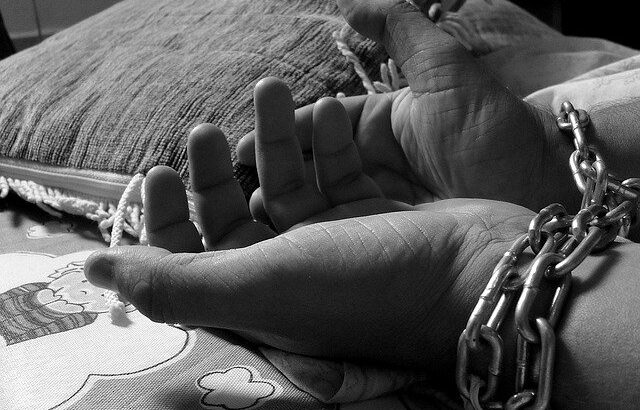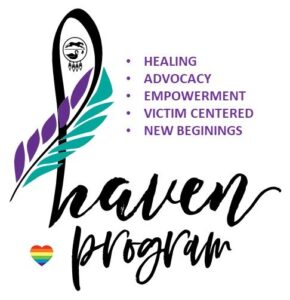January is Human Trafficking Awareness Month.
Human Trafficking is a modern form of slavery. Please take a few moments to read the following information.
The word “slavery” conjures up images of shackles and transatlantic ships – depictions that seem relegated firmly to the past. But more people are enslaved today than at any other time in history. Experts have calculated that roughly 13 million people were captured and sold as slaves between the 15th and 19th centuries; today, an estimated 40.3 million people – more than three times the figure during the transatlantic slave trade – are living in some form of modern slavery, according to the latest figures published by the UN’s International Labor Organization (ILO) and the Walk Free Foundation.(https://www.theguardian.com/news/2019/feb/25/modern-slavery-trafficking-persons-one-in-200)
Human trafficking is a crime involving the use of force, fraud, or coercion to compel a person to perform some type of labor or commercial sex. Trafficking can happen in any community, and anyone can be trafficked, regardless of age, race, gender, nationality, or socioeconomic status. Native populations experience disproportionately high rates given the history of government-sanctioned policies that resulted in being trafficked in boarding schools and by child welfare systems, churches, the military, and extractive industries. Traffickers often use violence, physical and psychological torture, manipulation, and/or false promises of well-paying jobs or romantic relationships to entrap victims into trafficking situations.
Another type of human trafficking is sex trafficking, which involves the recruitment, harboring, transportation, provision, or obtaining of a person for commercial sex, in which sexual acts are induced by force, fraud, or coercion, or in which the person induced to perform such act has not attained 18 years of age. Traffickers may use technology to target their victims. In the United States, 40% of victims are recruited online, frequently through means such as false job postings and social media.7
Victims of sex trafficking are often isolated, “invisible” to society, labeled as “throwaway kids”, addicts, or are targeted because they are already vulnerable. It’s important to note that traffickers can be part of a gang, organized crime syndicate, a family member/relative, or a supposed friend, boyfriend, or spouse.
Signs that someone might be trafficked can look like but are not limited to when a person:
- Is fearful and mistrusting
- Cannot buy their own food or clothes
- Is malnourished
- Has no contact with relatives or friends
- Cannot travel/move about independently
- Is prevented from getting medical attention, and/or is accompanied during medical care visits
- Has scarring, cigarette burns, or tattoos/branding
- Shows signs of substance abuse or addiction
- Has traumatic brain injury
- Has post-traumatic stress disorder (PTSD), is anxious or depressed
If you or someone you know is being trafficked, there are resources to help:
- Remember trafficking is never the victim’s fault.
- Call local police if you or the victim are in danger.
- StrongHearts Native Helpline 1-844-7NATIVE (762-8483) is a 24/7 safe, confidential, and anonymous domestic, dating, and sexual violence helpline for Native Americans and Alaska Natives, offering culturally appropriate support and advocacy. Visit strongheartshelpline.org and click on the “Chat Now” icon to connect one-on-one with a live advocate.
As always HAVEN advocates are here to help!
More information: https://www.niwrc.org/





